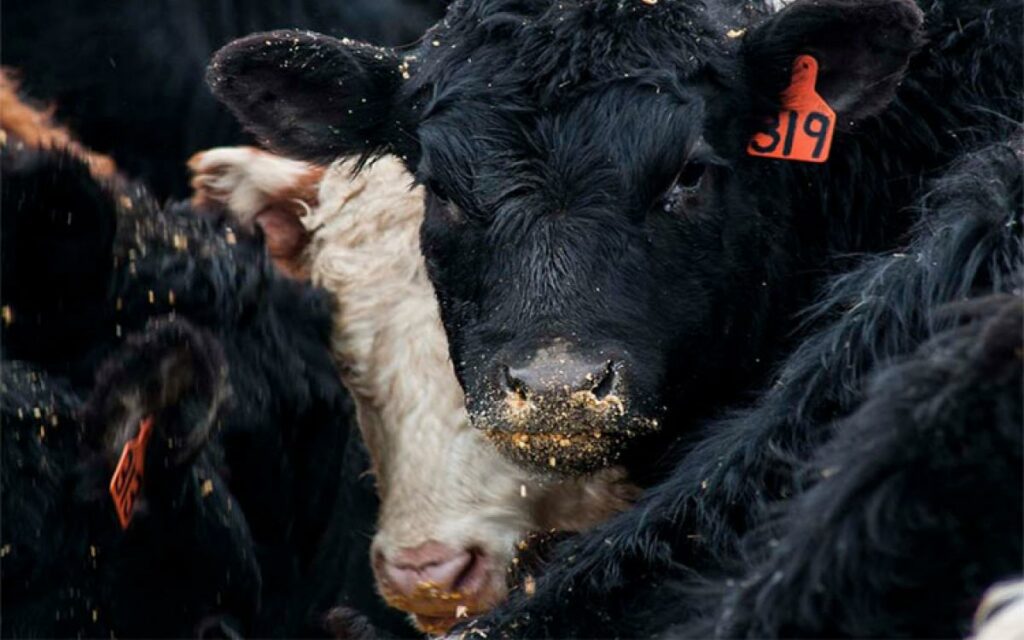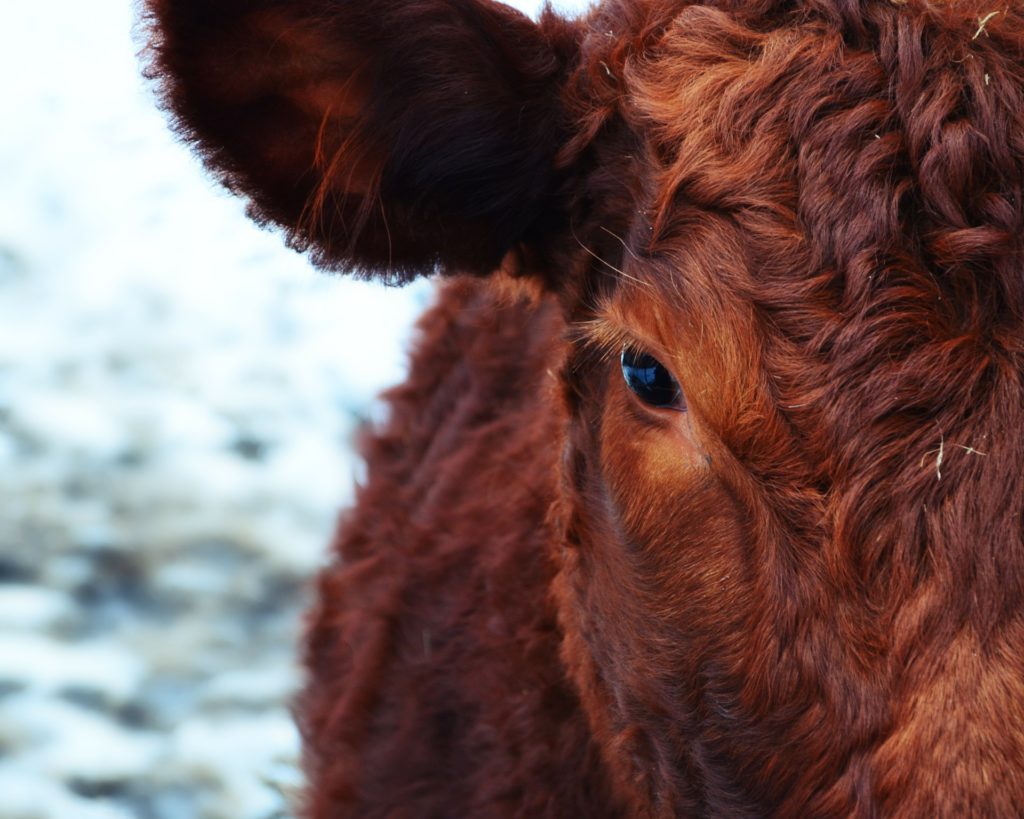What does it cost to maintain a cow for the year? This is a common question asked by producers across the nation. Many outlets will give you a number, however, that number doesn’t mean a thing. That is an average, given a variety of inputs, using a variety of other average numbers. Each operation needs to determine its own cow budget.
What goes into a budget?
The most significant component of every cattle budget is feed. This is true for the cow, feeder calf or finishing operation. Creating a balanced ration is the first step, and assigning the feedstuff a price is the second step in the process. Knowing how much feed is fed or acres grazed during the timeframe is the third step.
There are many other numbers to add to the budget after the feed cost has been determined. All enterprises need to consider fuel or trucking rates as animals are moved from their home place to pastures, feedlots or the sale barns. Overhead costs for water and electricity and maintenance costs for fences and buildings also need to be factored in. For the cow and heifer herds, there are replacement animals and breeding fees to consider.
What can I do with the numbers?
The reason an accurate budget is important is it helps with marketing and other decision-making efforts. Utilizing the new Weaned Calf Risk Protection insurance product, or Livestock Risk Protection for feeder calves can be done more effectively when you know the profit you are trying to protect. Other decisions related to feed purchases, marketing venues, pasture rent, etc. can be made to improve profitability once the real numbers are known.
Using the Beef Cattle Budgets Tool
The SDSU Extension Beef Cattle Budgets Tool can be used to estimate revenues and costs associated with six different beef cattle enterprises: heifer development, cow costs, backgrounding from November to February, finishing steers, backgrounding yearlings from 750-1100 pounds and finishing yearlings from 1100-1400 pounds.
To use the spreadsheets producers need to have an understanding of the costs related to their operations. Balanced rations should be created to ensure that the number one expense in the cattle operation is accurately represented. SDSU Extension Cow-Calf and Feedlot staff can aid with this activity. An accurate representation related to the weight and value of the animals in the herd, transportation expenses, veterinary and medication expenses, breeding-related expenses, culling rate, bull value and salvage value should also be used in the spreadsheet.
These budgets are provided to aid producers with risk and price management decision-making. Producers who know their cost of production can combine risk management tools, like Livestock Risk Protection insurance, with marketing tools to limit losses or increase their average selling price.
Disclaimer: The preceding is presented for informational purposes only. SDSU does not endorse the services, methods or products described herein, and makes no representations or warranties of any kind regarding them. This publication is not legal advice and should not be substituted for the guidance and recommendations of experienced legal counsel. Legal questions specific to your situation should be directed to a licensed attorney.
Download
SOURCE: South Dakota State University Extension, Heather Gessner, SDSU Extension Livestock Business Management Field Specialist








